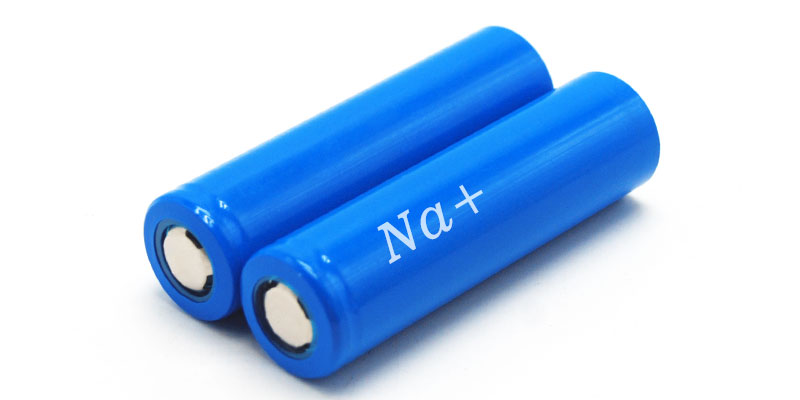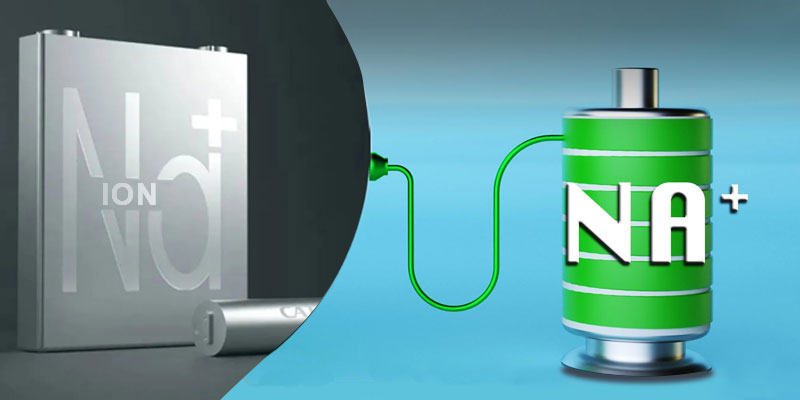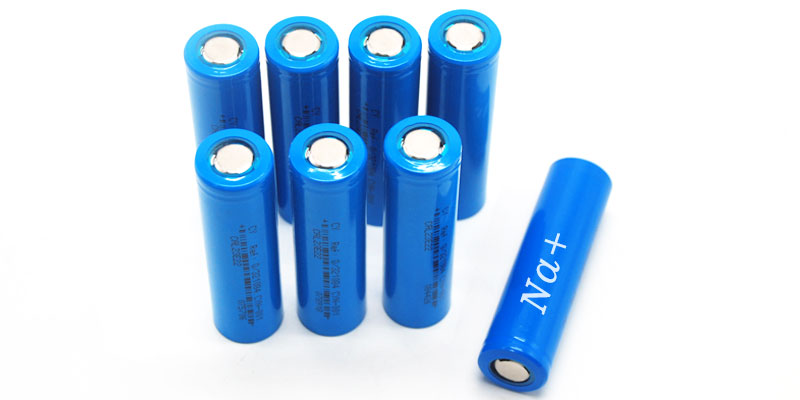Who makes sodium ion batteries
Comprehensive Insights into Sodium-Ion Battery Technology
Introduction to Sodium-Ion Battery Technology
Sodium-ion batteries represent a significant advancement in battery technology, mirroring the principles of lithium-ion batteries but utilizing sodium ions, which are far more abundant and less expensive. This technology promises to revolutionize energy storage solutions across various sectors by providing a cost-effective, sustainable alternative to traditional lithium-ion systems.
- Fundamental Technology:
- Principles of Operation: Sodium-ion batteries work on a similar electrochemical principle as lithium-ion batteries. In these batteries, sodium ions move between the cathode and anode during charging and discharging cycles, facilitated by an electrolyte solution.
- Electrochemical Properties: Sodium has a larger ionic radius than lithium, which poses unique challenges and opportunities in the design of electrode materials and electrolytes. These challenges are central to research efforts aimed at optimizing the efficiency and capacity of sodium-ion batteries.
- Developmental History:
- Early Research and Challenges: The idea of using sodium in batteries has been around since the mid-20th century, but early attempts were hampered by the high reactivity of sodium and its challenges in cycling efficiency and cell longevity.
- Technological Breakthroughs: Significant advancements have been made in recent years, with improvements in cathode materials and electrolyte formulations that have enhanced the performance and reliability of sodium-ion batteries.
Key Attributes of Sodium-Ion Batteries
- Economic and Resource Advantages:
- Lower Material Costs: The crustal abundance of sodium compared to lithium suggests a potential reduction in raw material costs, which is crucial for large-scale applications like grid storage and electric vehicles.
- Geographical Advantages: Unlike lithium, which is concentrated in specific regions, sodium resources are widely distributed globally, reducing geopolitical risks and potentially stabilizing supply chains.
- Environmental Benefits:
- Reduced Mining Impact: The extraction processes for sodium, typically derived from common salt (sodium chloride), are less environmentally intensive than those for lithium, which often involves extensive mining and water-intensive evaporation ponds.
- Sustainability Profile: Sodium-ion batteries offer a promising sustainability profile, especially in terms of reduced environmental disruption and a lower carbon footprint from production to disposal.
- Performance Factors:
- Energy Density and Efficiency: Current sodium-ion technologies are catching up to their lithium-ion counterparts in terms of energy density. Ongoing research focuses on developing cathode materials that can house more sodium ions, thereby increasing the energy storage capacity.
- Durability and Cycle Life: Innovations in electrolyte stability and interfacial engineering have begun to address the longevity and cycling stability of sodium-ion batteries, aiming to match or surpass the performance metrics of existing battery technologies.

Himax Electronics: Innovating at the Forefront of Sodium-Ion Technology
- Advanced Battery Management Systems (BMS):
- Customized Management Solutions: Himax Electronics has developed sophisticated BMS tailored specifically for sodium-ion batteries. These systems are designed to handle the unique characteristics of sodium, such as its different voltage levels and charge kinetics, ensuring optimal performance and longevity.
- Predictive Analytics and Monitoring: Leveraging cutting-edge data analytics, Himax’s BMS can predict battery health and operational issues before they become critical, facilitating preemptive maintenance and adjustments.
- Safety and Reliability Enhancements:
- Safety Protocols and Mechanisms: Given the different chemical properties of sodium, Himax has innovated several safety mechanisms to prevent overcharging, thermal runaway, and other common battery safety issues.
- Reliability in Diverse Conditions: Himax’s battery systems are rigorously tested under various environmental conditions to ensure they can reliably perform in diverse climates and usage scenarios, from cold weather applications to hot and arid environments.

Conclusion: Himax Electronics and the Future of Sodium-Ion Batteries
As sodium-ion battery technology continues to evolve, Himax Electronics remains committed to leading the charge in this exciting field. By providing advanced technological solutions and robust safety systems, Himax is not only enhancing the performance and reliability of sodium-ion batteries but is also contributing to a more sustainable and economically feasible battery technology landscape. Their ongoing research and development efforts ensure that as the demand for effective and efficient battery solutions grows, Himax will continue to offer innovations that meet these needs and push the boundaries of what is possible in energy storage.



